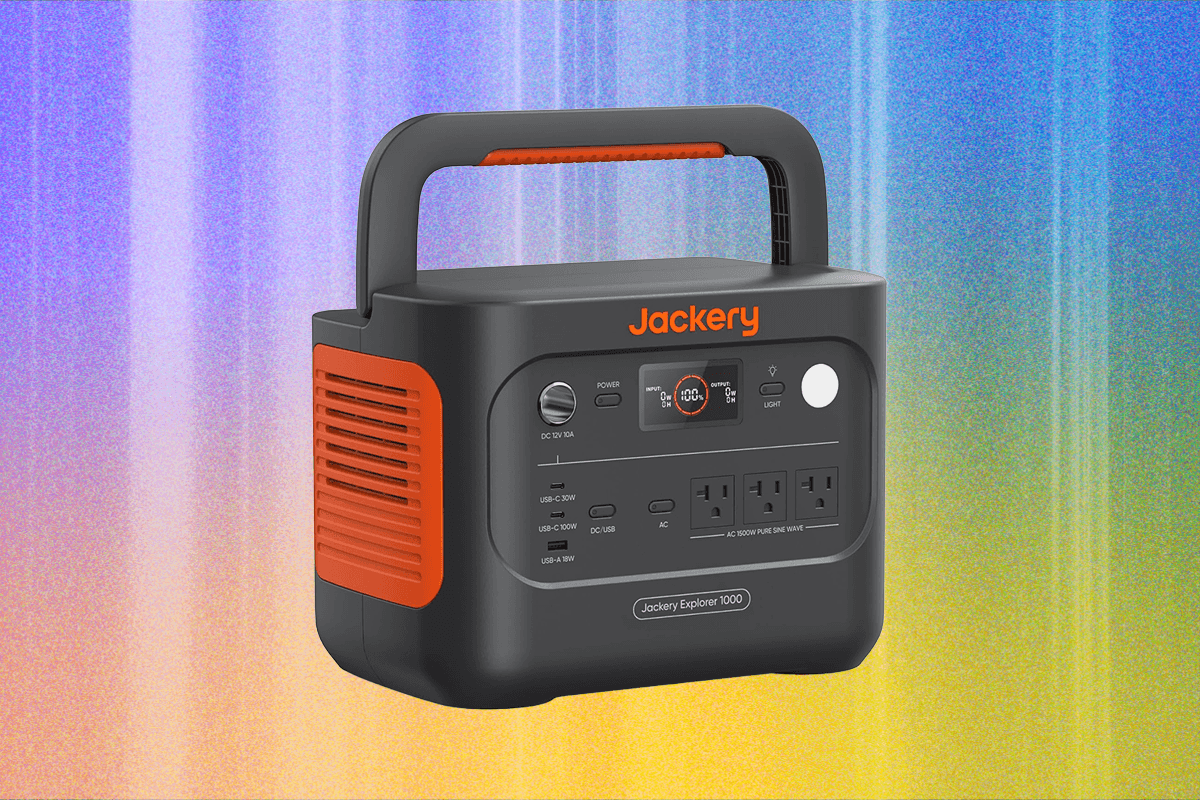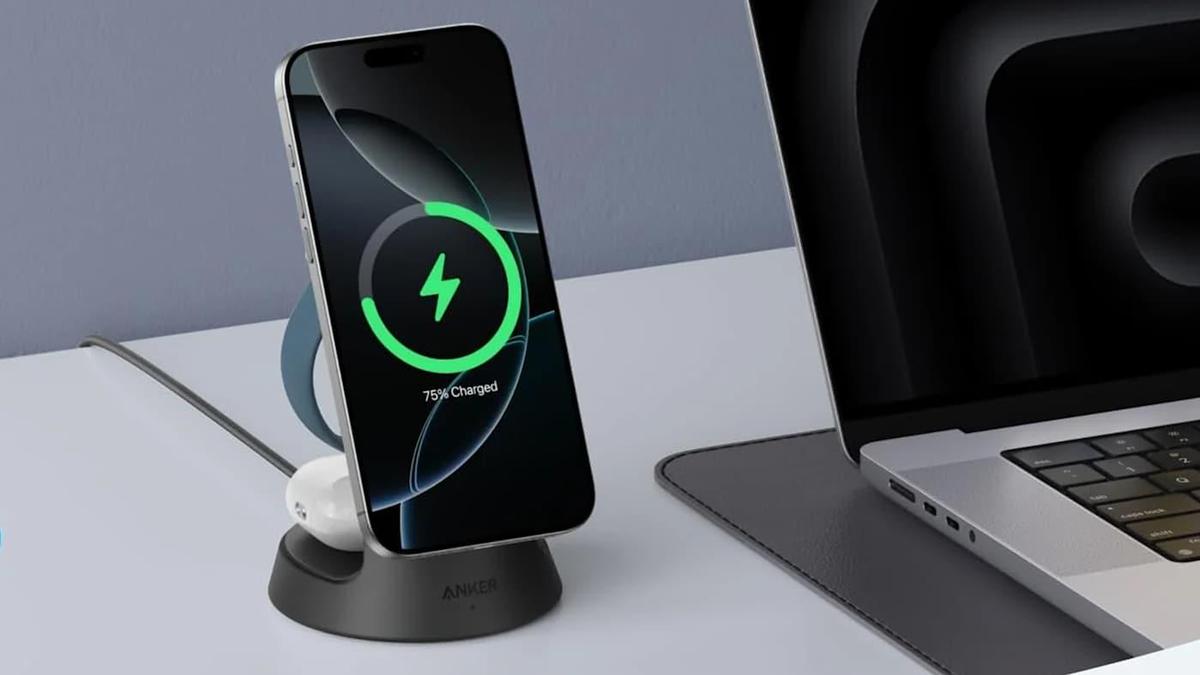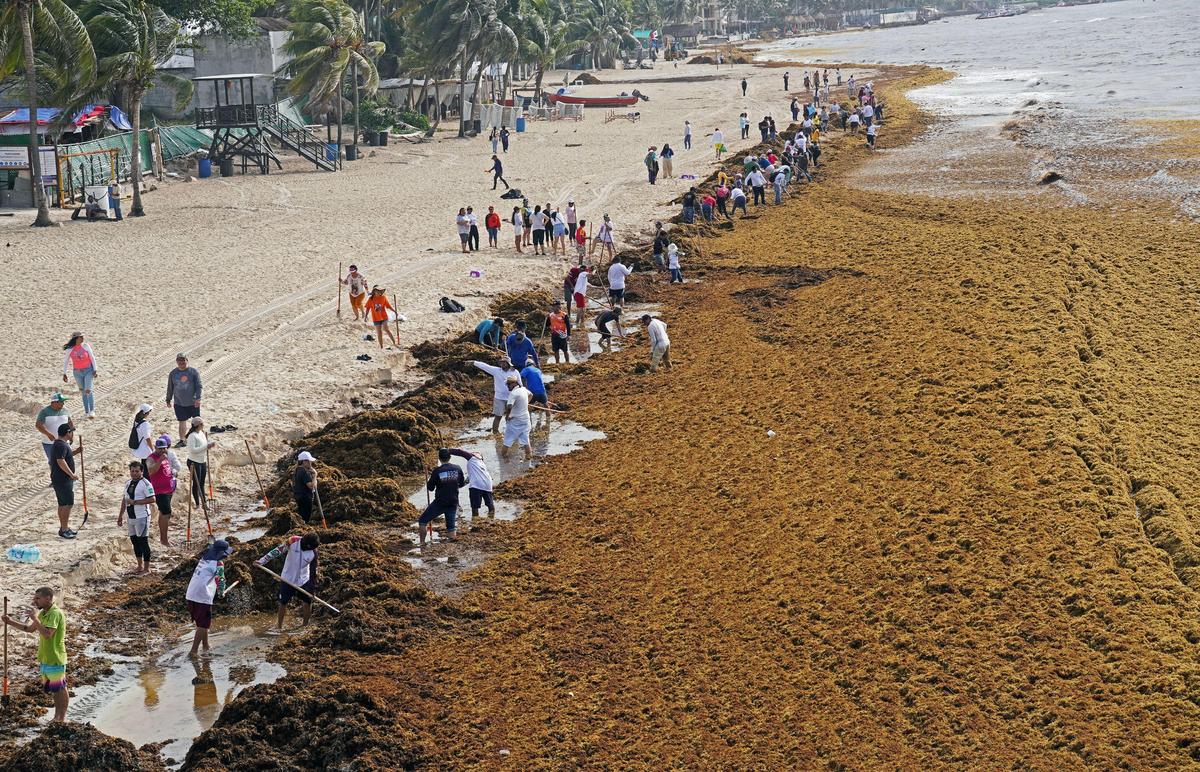Tesla’s Robotaxi in SF: A Limited Launch with a Human Driver
Tesla’s Robotaxi in San Francisco: Baby Steps Towards Autonomy
The future of transportation is here… sort of. Tesla is rolling out a limited version of its robotaxi service in San Francisco, but there’s a catch: it includes a human driver. This move follows a similar, albeit still restricted, launch in Austin, Texas. Let’s dive into what this means for Tesla and the future of autonomous vehicles.
[Include Image Here]
What’s Happening in San Francisco?
According to reports, Tesla is bringing its robotaxi service to San Francisco, building on the initial rollout in Austin. However, unlike the fully autonomous vision Elon Musk has painted, this version includes a driver behind the wheel. Why?
- Permitting Issues: Tesla lacks the necessary permits in California for true driverless testing and deployment. This means a human driver is legally required.
- Employee Focus (Initially): It’s unclear if Tesla has permission from the California Public Utilities Commission to offer rides to the general public. For now, it seems the service is primarily for Tesla employees.
- Invites to Tesla Owners: The plan is to expand testing to Tesla owners, with Elon Musk mentioning ongoing efforts to secure regulatory approval in California.
Why California Matters
California is a crucial market for Tesla, but it’s also a regulatory minefield. The California DMV is currently challenging Tesla’s self-driving claims, potentially impacting their ability to sell vehicles in the state. This legal battle adds another layer of complexity to the robotaxi launch.
Furthermore, Tesla faces a lawsuit related to deaths allegedly linked to its Autopilot system. These challenges highlight the scrutiny surrounding Tesla’s autonomous driving technology.
Austin: A Testbed for Robotaxis
Tesla’s robotaxi service has been operating in Austin since June, but it’s far from the fully autonomous experience Musk initially promised. Key features of the Austin rollout include:
- Limited Area: The service is confined to downtown Austin and major corridors.
- Safety Operator: A human safety operator sits in the front passenger seat, ready to intervene if needed.
- Unclear Operations: The exact number of vehicles and intervention frequency by safety operators remains undisclosed.
This cautious approach underscores the challenges of achieving truly autonomous driving, even in a controlled environment.
The Long Road to Full Autonomy
Elon Musk has long envisioned Tesla as a leader in self-driving technology, even predicting a cross-country autonomous drive that never materialized. While the San Francisco and Austin rollouts represent progress, they are a far cry from the “general solution” Musk has been pursuing for years.
Tesla is also exploring expansion into Florida and Arizona, with efforts underway to obtain the necessary certifications for testing with and without a driver in Arizona.
What Does This Mean for the Future of Robotaxis?
Tesla’s approach reflects the complex regulatory and technological hurdles facing the autonomous vehicle industry. While full autonomy remains a long-term goal, companies are taking incremental steps to deploy and refine their technology.
Actionable Takeaway: Pay attention to the data emerging from these limited rollouts. The frequency of human intervention, the types of situations requiring intervention, and user feedback will provide valuable insights into the progress and limitations of current autonomous driving systems.
The Competition
Tesla isn’t the only player in the robotaxi game. Companies like Waymo and Cruise are also developing and testing autonomous vehicle technology. Each company faces its own set of challenges and regulatory hurdles.
- Waymo: Known for its more conservative approach to testing and deployment.
- Cruise: Recently faced setbacks and scrutiny following safety incidents.
The race to develop safe and reliable autonomous vehicles is ongoing, and the regulatory landscape is constantly evolving.
Key Takeaways
- Tesla is launching a limited robotaxi service in San Francisco with a human driver.
- This move is due to permitting issues and ongoing regulatory scrutiny.
- The Austin rollout provides a glimpse into the current capabilities and limitations of Tesla’s autonomous driving technology.
- Full autonomy remains a long-term goal, with significant challenges to overcome.
FAQ
Q: Why does the Tesla robotaxi need a driver in San Francisco? A: Tesla lacks the necessary permits for driverless testing and deployment in California.
Q: Is the robotaxi service available to the public? A: Initially, the service is primarily for Tesla employees, with plans to expand to Tesla owners.
Q: How safe is the Tesla robotaxi? A: The service includes a safety operator who can intervene if needed. The frequency of intervention is currently unknown.
Q: What are the main challenges facing the robotaxi industry? A: Regulatory hurdles, technological limitations, and public safety concerns are major challenges.
Conclusion
Tesla’s robotaxi launch in San Francisco represents a cautious step towards autonomous transportation. While full autonomy remains a distant goal, these early deployments provide valuable data and insights that will shape the future of self-driving technology. Keep an eye on how this unfolds, because the future of driving is definitely changing!
Source: TechCrunch



